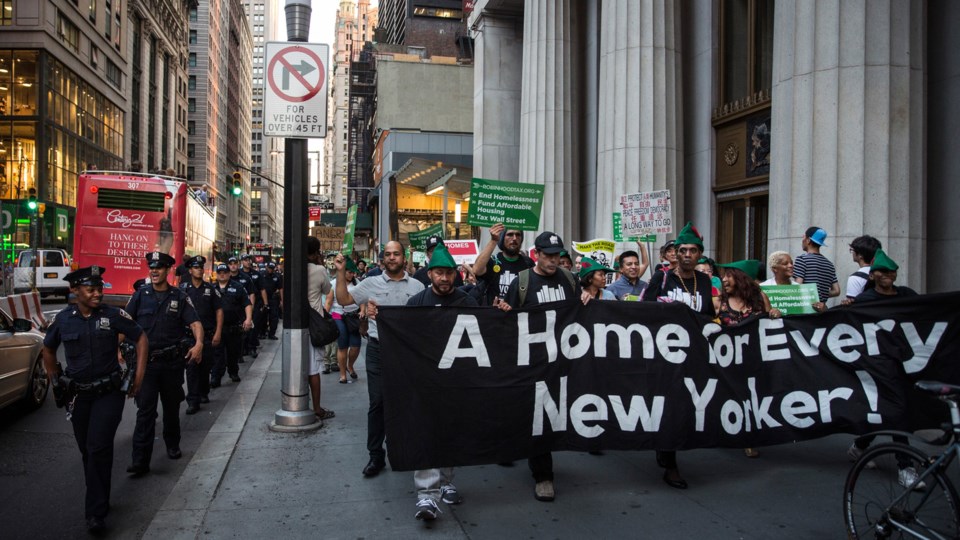A new report issued by New York City Comptroller Scott M. Stringer revealed today that over one million affordable apartments, renting for $900 or less, have been lost from the market since 2005. Simultaneously, the number of high-rent apartments, going for $2,700 or more, quadrupled.
"Our city is losing low-rent apartments every day, and it's putting whole communities at risk," said Comptroller Stringer. "We have an affordable housing shortage — and this report shows how quickly the loss of affordable housing has accelerated in the last decade."
With hundreds of thousands of new residents moving to NYC, the city not only fails to keep up with the demand but also to preserve the available stock of affordable and rent-regulated units, which is further fueling the growing housing crisis, stated Stringer.
While in 2005, 74 percent of all rental apartments in the city were going for $900 or less, now, merely 20 percent are still available for that price. The report also revealed that the city has lost 88,518 of rent-stabilized units — more than the entire addition of new rental housing over the same period.
And also subsidized households were not immune to the rent pressure. For Section 8 voucher holders, rent growth outpaced income growth by a rate of 3-to-1; average rents increased by 29.9 percent while average household incomes only rose by just 8.7 percent.
"The city's massive drop in affordable housing is not news to communities in Brooklyn," said Charlie Dulik of Churches United for Fair Housing. "Renters and communities of color have acutely suffered, while developers and landlords have benefitted immensely."
Stringer cited high-rent vacancy deregulation, a policy that allows apartments to lose their rent stabilization status when they reach certain rent levels and are then vacated by a tenant, as the leading cause of the loss of rent-stabilized housing. He called on Albany to pass more expansive rent regulations including the elimination of vacancy decontrol, the reformation of preferential rents and an end to the 20 percent vacancy bonus on rent-stabilized apartments.
"Behind these one million lost units, are countless New Yorkers — families, seniors, students and immigrants — who are working harder than ever to put a roof over their heads," said Stringer. "Lawmakers in Albany must act swiftly to eliminate vacancy decontrol and pass other common-sense rent regulation reform that will preserve our affordable housing stock and keep New York accessible for working families."




